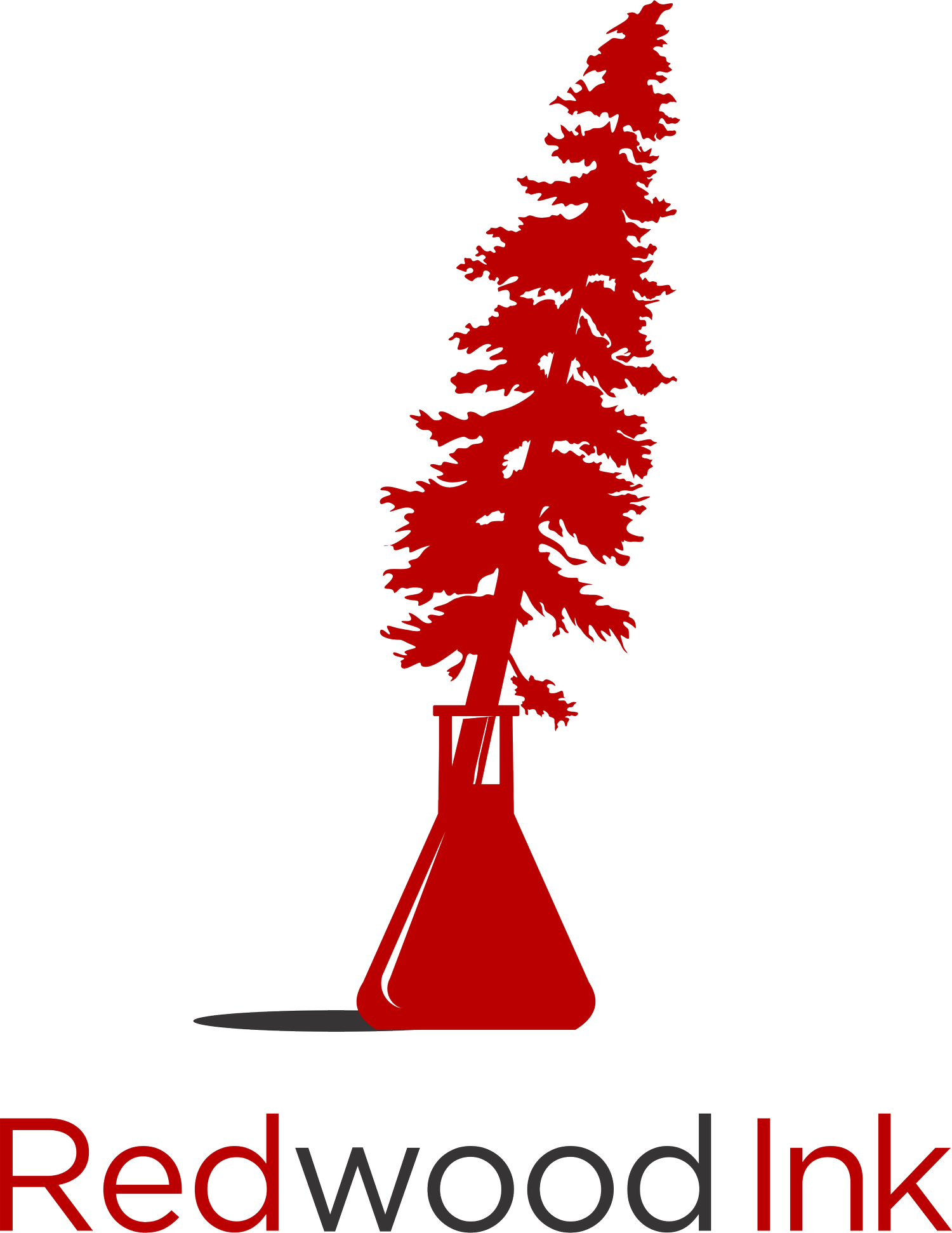Interlude: Training Every Day, Choosing a Journal, and AI Disclosures
I was scrolling on Instagram the other day, and this post grabbed my attention.
Basically, the creator makes a visual case for how athletes train every day to master their craft, but business professionals only train every once in a while. The creator then asks, "Are we doing something wrong?"
I think so. And I think the same case can be made for scientific writing (or any form of academic writing).
Many researchers believe they spend 25%–50% (or more) of their time writing. Yet, few organizations offer adequate training in writing. And if they do, they might host a webinar or a half-day workshop. Or they might throw you in front of a firehose by cramming as much as possible into a weekend retreat.
You might walk away from these trainings feeling energized and with a few nuggets of helpful information, but the rest will fall from your memory within a few months or weeks (or less). This approach is not the best way to learn and retain something, especially when it comes to mastering the craft of writing.
That's why I created the Redwood Ink Academy. It's a place where researchers and professional writers can get longer term access to course materials, my ongoing support, and an encouraging community (which is so important in the current research climate).
My intention here is not to make a sales pitch. My intention is to highlight that there is a better way to develop your skills that goes beyond reading a book, attending a webinar, or participating in a weekend training. And my hope is that you will take steps to find the most fruitful ways to get the support you need to become the best writer you can be.
Now onto this week's round-up...
💌 Round-up
💻 From My Desk
How to Choose the Right Journal for Your Manuscript
Choosing a journal for your manuscript can be challenging. Many people focus on the impact factor, or they are overwhelmed with so many choices that they just submit to journals that they’ve published in before. But choosing the right journal for your manuscript can make or break the broader, longer-term impact of your work. In this video, I walk you through the most important factors to consider when choosing a journal for your manuscript.
👓 Reading
Rethinking journal metrics: how enhanced publication content improves engagement
"…57.9% of HCPs still rely on impact factor when selecting articles to read or choosing where to publish. However, such metrics do not always reflect the true value or reach of research. To move away from this outdated method of research assessment, publication professionals must advocate for a shift towards more diverse and transparent metrics, as outlined by the Declaration on Research Assessment. Additionally, efforts should focus on encouraging HCPs to engage with a more varied pool of publications, select appropriate target journals, and promote open access.”
Disclosing artificial intelligence use in scientific research and publication: When should disclosure be mandatory, optional, or unnecessary?
"We distinguish between mandatory, optional, and unnecessary disclosure of AI use, arguing that disclosure should be mandatory only when AI use is intentional and substantial. AI use is intentional when it is directly employed with a specific goal or purpose in mind. AI use is substantial when it 1) produces evidence, analysis, or discussion that supports or elaborates on the conclusions/findings of a study; or 2) directly affects the content of the research/publication. To support the application of our framework, we state three criteria for identifying substantial AI uses in research: a) using AI to make decisions that directly affect research results; b) using AI to generate content, data or images; and c) using AI to analyze content, data or images.”
🎧 Listening
Megapod: The Crisis in American Science – Plain English Podcast
Several months ago, I said that I would keep this newsletter free of the challenges we are facing in American science. I am making an exception for this podcast episode, mostly because I learned a lot about the history of the NIH. The episode includes three expert interviews about (1) what’s happening to American science and why it’s so serious, (2) how the American science system works and where it came from, and (3) how American science could be reformed.
💬 Quote
Last week, I was in a meeting with Tamsen Webster, founder of the Message Design Institute (we collaborate for TEDxNewEngland). During the meeting, she made a casual statement that struck me so profoundly that I immediately wrote it down to share with you. Her words are more relevant now than ever.
“Inference is the enemy when it comes to understanding.” – Tamsen Webster
Thank you so much for reading.
Warmly,
Crystal
